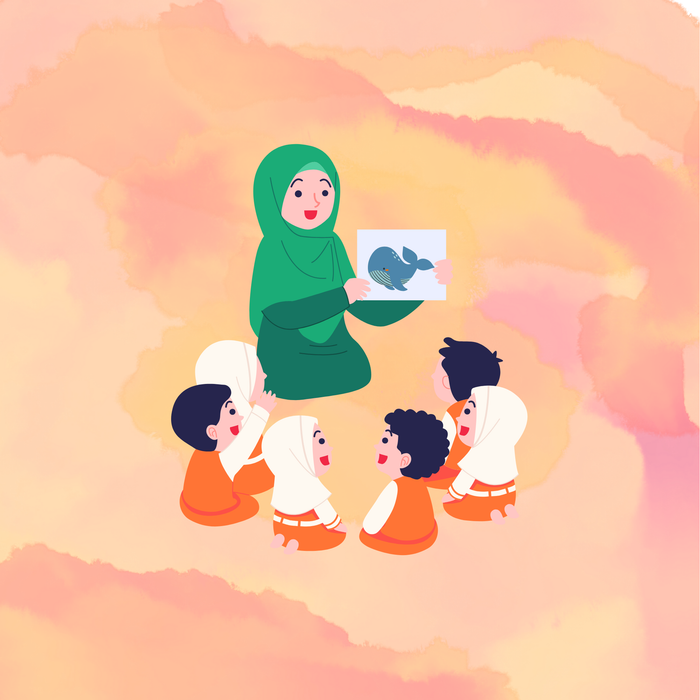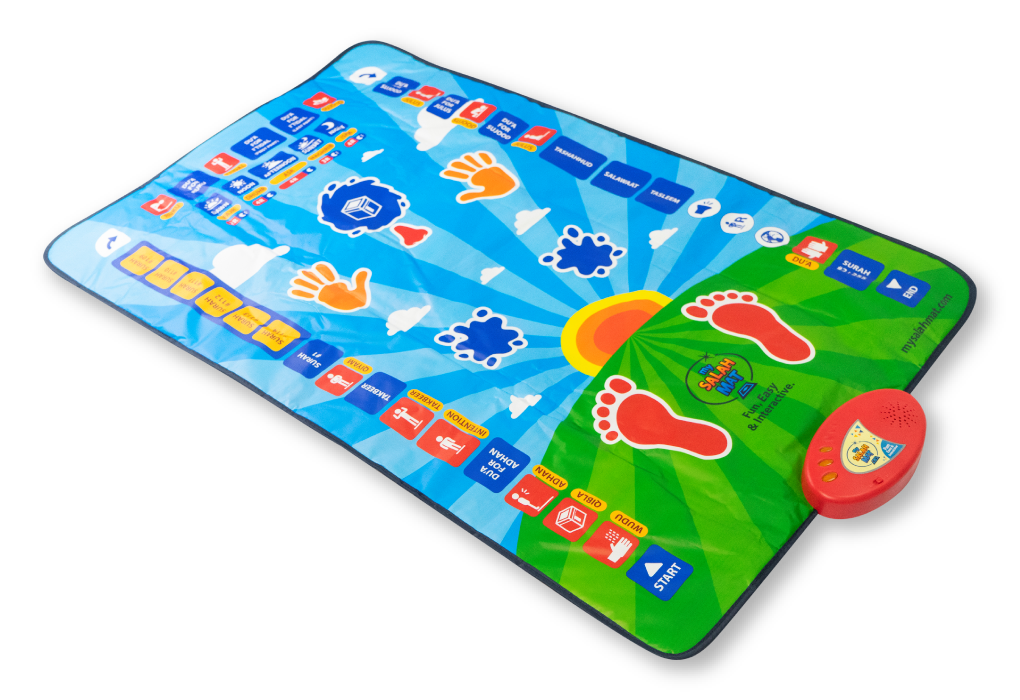Prophets Stories for Kids: Making Islamic Learning Fun at Home

Why Stories Are So Powerful in Islamic Learning
“Tell me another story!” Every parent and teacher have heard this phrase at playtime, and for good reason. Children thrive on stories. Through them, they make sense of the world. They learn what is right, what is kind, and what truly matters.
For Muslim families, stories of the Prophets offer more than entertainment. They teach the core of our faith: patience like Prophet Nuh, courage like Prophet Musa, and trust like Prophet Ibrahim, peace be upon them all. When children grow up knowing these stories deeply, they begin to see their faith as something living and relevant.

Timeless Lessons from the Prophets for Today’s Children
It’s easy to think of these stories as lessons from the past, but their relevance never fades. Prophet Yusuf’s forgiveness, for instance, teaches resilience in the face of jealousy. Prophet Ayub’s patience guides us through hardship. Prophet Muhammad’s mercy shows how compassion can change lives.
The Qur’an reminds us of this:
“Indeed in their stories, there is a lesson for those of understanding.” (Surah Yusuf, 12:111)
When parents share these stories in a warm, engaging way, children don’t just learn names, they internalise values. They begin to ask thoughtful questions: “What would Prophet Ibrahim do?” or “How can I be kind like Prophet Muhammad?”
That spark of curiosity is the beginning of love for Islam.
How to Make Prophets’ Stories Exciting for Kids
Prophets' stories come alive when children can explore them through sight, sound, and touch. That’s where interactive learning transforms understanding into excitement.
Teach the Prophets’ Stories Visually with Interactive Wall Art
The Prophets of Islam Interactive Islamic Wall Art by My Salah Mat turns storytelling into an experience. Each Prophet’s name is clearly displayed with a vibrant illustration and audio feature, allowing children to hear and repeat the names correctly.
Instead of simply telling children about the Prophets, you can show them and make their room or classroom a space filled with Islamic knowledge and beauty.
Imagine a child pressing a Prophet’s name, hearing it aloud, and asking, “Who was Prophet Hud?” That question becomes your teaching moment, a natural invitation to explore the story together.
Connect Stories with Actions
Children remember lessons best when they act on them. After sharing Prophet Musa’s bravery, invite your child to stand tall and say, “I can be brave too.” After learning about Prophet Yusuf’s forgiveness, discuss ways they can forgive a sibling or friend.
These small reflections help children translate lessons into real behaviour. Islamic learning becomes part of their everyday choices.
Turn Storytime into Learning Time
Storytime becomes even more exciting when it feels like a discovery. Gather your children or students around the wall art and ask open-ended questions:
-
“What did Prophet Nuh teach us about patience?”
-
“How did Prophet Ibrahim show his trust in Allah?”
Let the children share their thoughts, draw their answers, or act out scenes together. This transforms storytelling into active participation, allowing them to think, respond, and connect with the values being taught.

Reinforce Lessons Through Everyday Conversations
Prophets’ stories offer everyday teaching opportunities. When a child feels disappointed, remind them of Prophet Yaqub’s patience. When they share or show kindness, link it to Prophet Muhammad’s example.
By bringing these names into daily talk, your home or classroom become a place of remembrance. Not through lectures, but through gentle reminders.
Learn and Grow Together as a Family
Children love learning when parents join in. Sit beside them as they explore the Prophets of Islam Interactive Wall Art. Repeat the names together. Talk about which Prophet inspires you and why.
This shared experience teaches children that learning about Islam isn’t a solitary task; it’s a joyful family journey.
Prophet Muhammad (peace be upon him) said:
“The best of you are those who learn the Qur’an and teach it.” (Bukhari)
The same spirit applies to learning about the Prophets. Each story we teach plants a seed of Iman that may guide our children for life.
Faith grows best when nurtured with love, curiosity, and consistency. When we make the stories of the Prophets a living part of our homes, we aren’t just decorating walls, we’re decorating hearts with remembrance of Allah.
FAQs
1. Why should I teach my child about the Prophets from a young age?
Teaching children about the Prophets early helps them build a natural love for Allah and Islam. These stories teach real-life values like patience, honesty, and kindness in ways children understand.
2. How can I make stories about the Prophets engaging for my child?
Keep storytime interactive — use expressive voices, ask questions, and link lessons to daily life. For example, after learning about Prophet Nuh’s patience, talk about waiting calmly or staying hopeful.
3. How often should I include Islamic storytelling in my child’s routine?
Consistency is key. Even ten minutes a day makes a difference. Try including stories before bedtime, during family time, or after Salah to keep faith part of their everyday life.
4. What age is the Prophets of Islam Interactive Wall Art suitable for?
The wall art is designed for children aged 3 and above, making it ideal for early learners, primary students, and even older children who enjoy revisiting the stories of the Prophets in a fun, interactive way.
5. Is the wall art easy to install and safe for children?
Yes. It is lightweight and easy to hang, with smooth edges and child-friendly materials. It runs on batteries, making it safe, portable, and convenient to place in bedrooms, play areas, or classrooms.
















 Liquid error (snippets/@AlternatingContentX line 127): Could not find asset snippets/CustomTexts-.liquid
Liquid error (snippets/@AlternatingContentX line 127): Could not find asset snippets/CustomTexts-.liquid